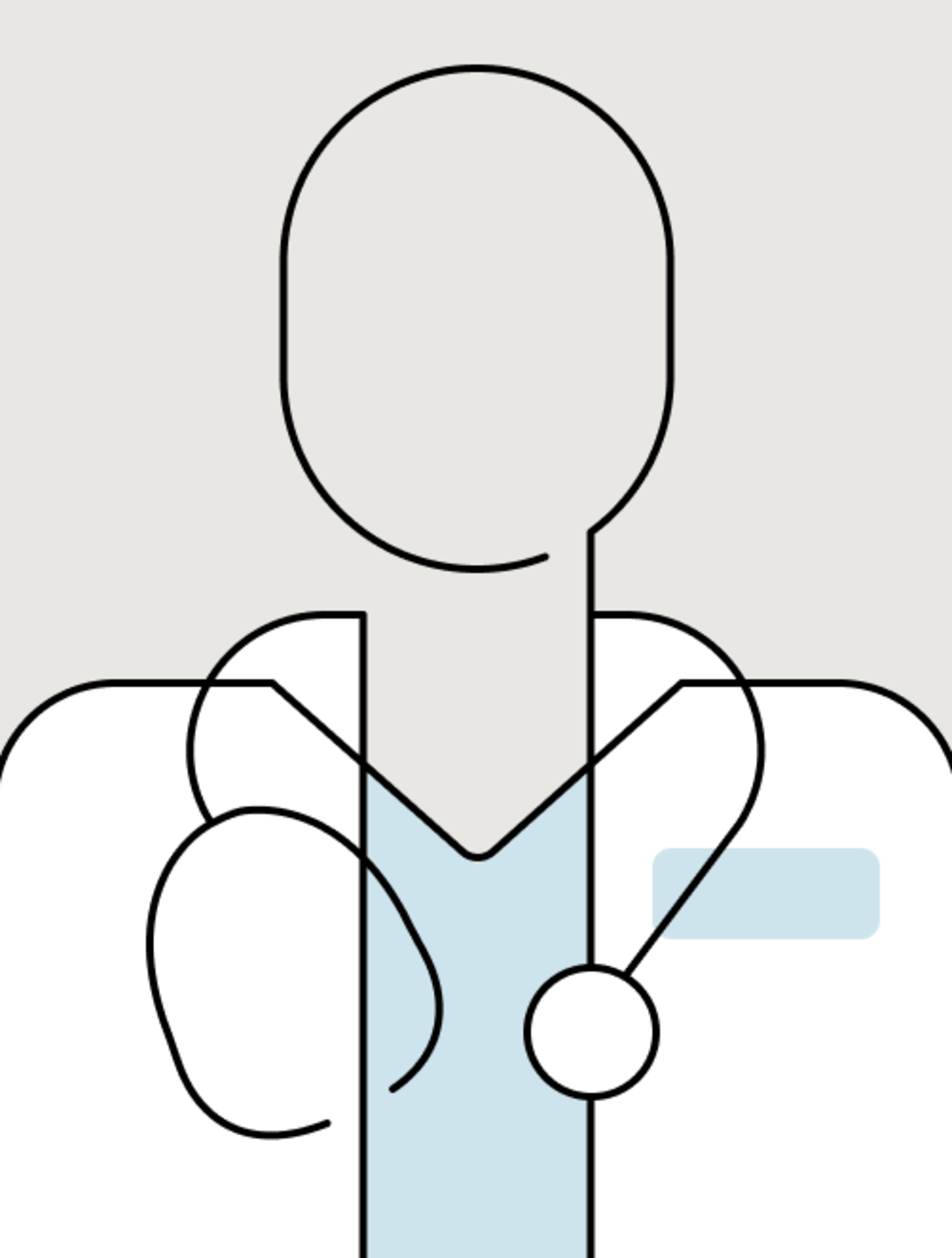Five Signs You May Have Cataracts
Date
July 14, 2023

Date
July 14, 2023
Credits
Medical providers featured in this article
In Brief
{{cta-block}}
You may have a cataract and not know it.
More than 24 million Americans have cataracts—a gradual clouding of the eye lens—and that number is expected to double by 2050, according to the National Eye Institute. Most cataracts are caused by age-related changes to the eye, which can start as early as age 40. Others form due to injury, radiation treatment, sun damage or the use of medications such as steroids.
Cataracts develop slowly. That’s why you may not realize you have one. Yet, detecting cataracts early can help reduce inflammation and prevent or improve other eye conditions.
“Removing a cataract not only improves your vision but also reduces eye pressure, which can help prevent glaucoma,” said Lisa Dang, MD, an ophthalmologist at Cedars-Sinai. “It can also help your doctor to better see the back of your eye to detect various eye conditions, such as diabetic eye disease or macular degeneration.”
As cataracts grow, proteins in the lens of your eye break down, clump together and eventually cause vision problems. Left untreated, they can lead to vision loss.
You may have a cataract if you experience any of the symptoms below.
Halos around lights: You’ll most likely notice this while driving at night. Headlights and streetlamps may have a starburst, or halo, effect around them. Like a camera, your eye needs a clear lens to focus images properly. When a cataract clouds your eye’s lens, it causes the light entering the eye to scatter. Your brain interprets this as a halo around lights.
Blurred vision: The central part of your vision may be dimmed or blurry. For some people, this can look like a foggy area. “This is because the proteins in your natural lens become cloudy, making it difficult to finely focus the light entering your eye. That causes the blurring or foggy vision,” said Dang.
Double vision: You may see an image with another “ghost” image next to it. To check if a cataract is the possible cause, close one eye at a time. If the double vision remains when one eye is closed, that's a sign you may have a cataract in the open eye, Dang said.
Colors look faded: Colors may appear dulled, as if you’re looking through a tinted filter. This is because the proteins that make a cataract cloudy are brownish in hue, so they can affect the way you interpret colors.
Frequent prescription changes: Your glasses or contact lenses no longer help correct your vision, or you’re having to return frequently for new prescriptions.
“Removing a cataract not only improves your vision but also can reduce eye pressure, which can help prevent glaucoma.”
When to see a doctor
If you notice any of the above symptoms, or it’s been a while since you’ve had your vision checked, schedule a dilated eye exam. Your ophthalmologist will check for cataracts as well as other eye conditions that may be affecting your sight.
If a cataract is found, your doctor may opt to treat it with corrective lenses or surgery. Should surgery be needed, the procedure takes about 15 minutes to remove the clouded lens and replace it with an artificial one that’s tailored to your specific needs.
There are lens implants that help you see up close or far away, as well as multifocal lens implants that correct both near and far vision. There are even lens implants that correct astigmatism, a condition where an irregular curve of the eye’s lens or cornea causes blurry vision.
“One of my favorite things is to talk with my patients about their vision goals,” Dang said. “For example, I’m nearsighted and have to be 3 inches from my cellphone to see what’s displayed on it. So, when I have cataract surgery, I want to be able to see at a distance and up close without having to reach for my glasses. And there’s a lens implant for that.”
{{providers}}
Preventing cataracts
If you live long enough, you’ll eventually have a cataract, Dang said. But there are ways to delay their arrival.
These include wearing UV-blocking sunglasses to protect your eyes from sun damage, using protective eyewear when working with power tools or playing sports to prevent eye injuries, and eating a healthy diet.
Annual eye exams are also important, Dang said, so you can catch cataracts early and create a treatment plan to preserve your vision.
For more information about cataracts and other eye conditions, contact the Cedars-Sinai Ophthalmology team.






